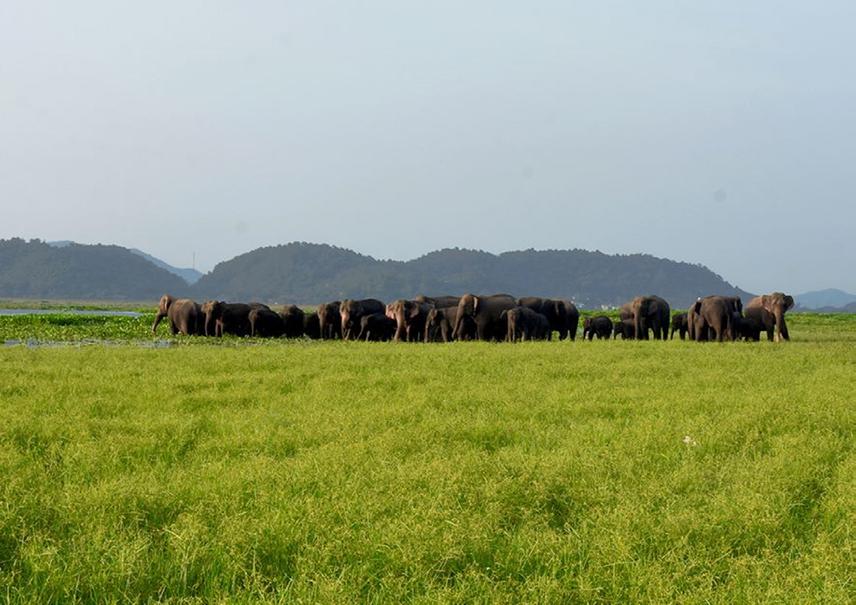Social media video featuring the project.
Guwahati city's animal
9 Nov 2015 Assam, India, Indian Sub-continent Conflict | Communities
Showcasing Urban Herpetofauna: A Conservational Effort through Community Participation
Urban Wildlife, Herpetofauna and Beyond: A Conservation Effort for our Fast Vanishing Neighbours
In this project we shall involve school students to map urban biodiversity using web centric approach. We would also address man animal conflict in the study site, gather data and find ways to mitigate the conflict.

For the past 4 years I have been working on the aspect of understanding and conserving wildlife present in urban landscape of Guwahati. Guwahati is unique as it is the biggest metropolis of Northeast India. Interestingly, it is surrounded by 18 hills, has 8 reserve forests, 2 Wildlife Sanctuaries, a Ramsar site and the longest river of India, Brahmaputra flows through the city. The city is also a part of Indo-Burma Biodiversity Hotspot. For study, research and conservation of wildlife pertaining to urban habitat Guwahati is perhaps one of the best model cities. In our past projects we have check listed Amphibians: 17 species, Reptiles: 50 species, birds: 210 species. We also found that Guwahati is home to highly threatened animals like Ganges River Dolphin (Endangered), Greater Adjutant Stork (Endangered), Black Softshell Turtle (Extinct in the Wild). With man and animals sharing home, makes it a vulnerable site for man animal conflict. A mass awareness drive is much needed along with organised study to sustain and to provide a chance for this wildlife to thrive, which perhaps is the only form of wildlife that a city dweller will see in his lifetime, The Urban Wildlife.
Through this project, we wish to attain following
1.Initiate programme for school students “What’s in Backyard?”. This project shall help us map urban biodiversity with the help of school students. In return the programme shall generate knowledge to school students on Urban Biodiversity, the need and art of conserving it.
2.Involving school students in direct conservation and study of urban birds.
3.Initiate programme to study and mitigate man animal conflict in urban landscape of Guwahati. We shall conduct a special workshop on snake bite management and data gathering initiative involving ministry of health, forest and doctors.
4.Continue with our effort of supporting turtles in temple ponds.
5.Create a checklist of mammals of Urban Guwahati.
6.Produce a book “An Amateur’s Guide to Amphibians of Assam”. The third book of the series after reptiles and birds.
Social media video featuring the project.
Guwahati city's animal